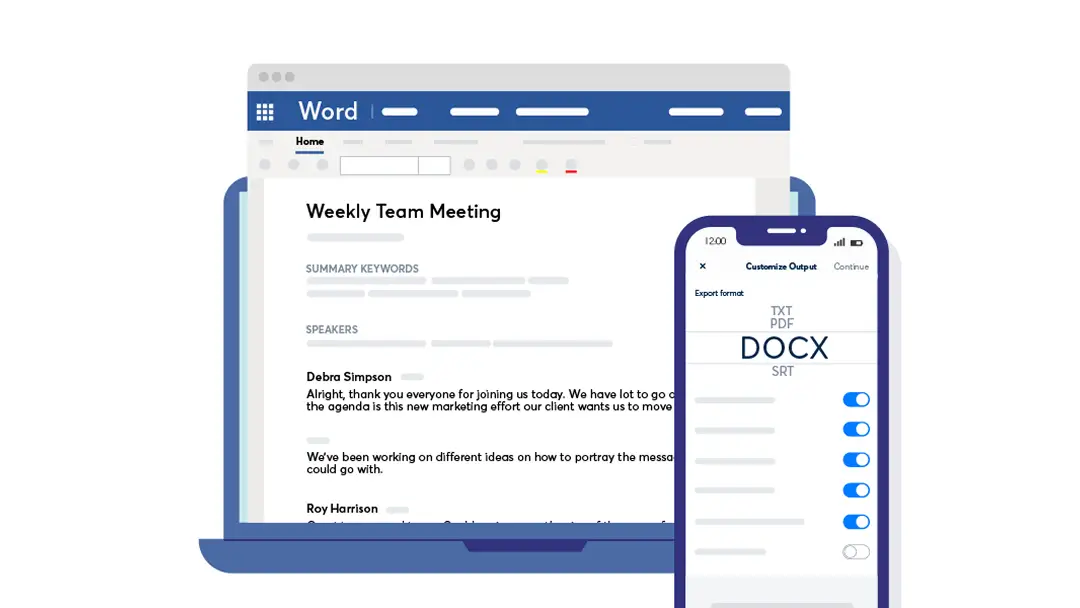Measuring the Productivity of Remote Workers: Key Strategies & Best Practices

The past few years have seen a massive shift toward remote work. Although the COVID-19 pandemic may have served as a catalyst for its recent growth, the expansion of broadband internet coverage, increases in available internet speeds, and the development of better online collaboration and communication tools had already paved the way for remote work’s entry onto the economic mainstage.
Even as we move towards a post-COVID world, it’s clear that remote work isn’t going anywhere. That means businesses need new ways to measure their productivity and determine whether they’re staying on track, despite a lack of in-person teamwork.
As Paul Krugman, Professor of Economics and International Affairs at Princeton University, put it in his book, The Age of Diminished Expectations, “productivity isn’t everything, but in the long run it is almost everything.”
With that in mind, here are a few thoughts on how you can measure productivity in your remote workforce to remain competitive in the work-from-home landscape.
Let’s start with a simple definition. According to the Oxford Advanced American Dictionary, productivity is “the rate at which a worker, a company, or a country produces goods, and the amount produced, compared with how much time, work, and money is needed to produce them.”
Essentially, productivity is a rate: it measures how much output you get per unit of input. In mathematical terms, that means:
Productivity = Total Output / Total Input

Taking a simplified example, imagine that a company produced a total of $100,000 worth of goods over 2,000 hours of work. Using the formula above, its productivity is $50 per hour ($100,000/2,000 hours = $50 per hour).
You can also measure productivity in terms of other inputs. If the same company employed 15 people, its productivity could also be expressed as $5,000 per employee.
Customizing Your Calculations
Given the huge degree of variability that exists in the way companies define inputs and outputs, this formula alone isn’t sufficient to calculate or express productivity.
As a result, it’s important to customize your productivity calculations so that they provide meaningful insight for your industry and your individual business. Just because you could theoretically measure your SaaS company’s productivity in terms of revenue in dollars divided by the number of GIFs sent over Slack doesn’t mean that you should.
When determining how to adapt the productivity equation, there are a few variables at play, including the KPIs that are relevant to you and your reasons for measuring productivity in the first place.
Identifying Your KPIs
If you already have key performance indicators (KPIs) in place, these can easily support the development of more customized productivity calculations on a team-to-team basis.
For example, to understand the productivity of your team meetings, you might measure the average number of hours each employee spends in meetings in a month against KPIs associated with their work output over the same period.
Goal-Setting for Productivity
In addition, productivity measurements should take into consideration what you hope to do with these numbers. Metrics that aren’t acted upon are a wasted effort.
Take the meetings productivity example above. Suppose the data you capture reveals that team members who spend more than 30 hours per month in meetings are less productive than those who attend fewer meetings. What will you do with that information?
Will you test reducing the number of meetings your company holds? Will you work specifically with employees whose productivity has suffered to find ways to reduce their meeting load? Or will you simply monitor trends for a period of time to establish a baseline for future improvements? Decisions like these influence what you’ll measure and how you’ll adjust your calculations.
Understanding the Limits of Traditional Productivity Measures
Lastly, it’s worth considering that, although productivity is commonly measured using labor hours as an input, the knowledge economy has rendered such simplistic indices fairly outdated.
Modern productivity measures need to take the larger context into consideration, which requires keeping in mind the more ephemeral and qualitative aspects of work. In an article for Forbes, Russel Klosk recommends weighing various factors to develop a clearer, more userful picture of productivity.
In his article, he gives the example of modeling the productivity of a software developer. Rather than simply measuring how many lines of code the engineer produces or the number of hours worked, Klosk suggests that more useful productivity metrics would consider how clean the code is, how efficient it is, and even how well the coder helps to create social cohesion among the team.
Calculating Productivity in Remote Teams
Some of the suggestions above apply equally to both in-office and remote teams. A company’s goal of generating revenue, for example, doesn’t change based on where workers are located.
That said, many companies are coming to the productivity conversation from a place of fear: will productivity suffer if teams start (and stay) working remote?
The good news is that multiple studies say no. Most recently-transitioned remote teams have been as productive, if not more so, than they were before COVID. Despite this, numerous productivity tracking tools have sprung up to help companies understand how engaged their remote workers are. Colloquially known as “bossware,” these tools include features like activity monitoring, screenshot tracking, and click or keystroke logging.
But while the drive to measure productivity in remote teams is understandable, companies should be aware that such invasive software risks increasing turnover by decreasing employee morale and trust. It also misses the nuance of individual productivity. For example, if one employee can produce 2X greater results than another, should it matter that they did so in 50% of the active work time? Is engagement the goal, or are tangible work results?
Shifting Remote Worker Productivity Measures from Effort to Output
An alternative to assessing remote work effectiveness through engagement-driven surveillance software is to shift away from measuring productivity in terms of effort and focus instead on output.
Not only would this approach be more aligned with the company’s overall goals, it would also allow for more individualized performance management — without the risk of trust-destroying micro-management.
Specific examples of gauging productivity in terms of output instead of effort include measuring:
- Total revenue generated per salesperson, rather than the number of sales calls made
- Customer satisfaction ratings by employee, rather than average call time
- The number of marketing leads generated by team members, rather than team labor hours
- The number of software bugs introduced per developer, rather than the keystrokes they log

That isn’t to say that effort doesn’t matter. A software engineer who produces spot-free code in 20 days could be considered less productive than one whose code can be written and cleaned to the same standard in just 10 days (though whether these types of delays matter depends on company deadlines and other situational factors).
Qualitative Assessments of Remote Work Productivity
Ultimately, you can always complement measurements of output with qualitative performance assessments. In addition to the types of work quality metrics described earlier, this could include 360-degree performance reviews and other team-driven assessments of worker performance; reports of team members who aren’t carrying their weight can identify productivity issues as effectively as standardized calculations.
Rather than honing in on a single accurate, comprehensive productivity KPI for remote teams, look for opportunities to evaluate productivity more holistically. Taking multiple meaningful metrics into consideration will give you a better understanding of where your remote team is succeeding and where it needs your attention.
If you’ve begun measuring your productivity and are looking for opportunities to improve it, Otter can help. Otter’s Free and Pro plans provide AI transcriptions of meetings that you can use to gauge how your employees are performing on their own and working together. Give it a try to see how Otter helps your team navigate remote work effectively.





















